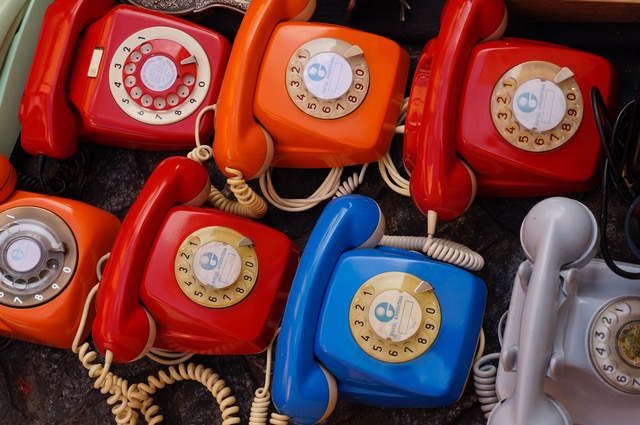In recent years, nostalgia has made a remarkable comeback, permeating various aspects of our daily lives. From fashion and furniture to brand identities and music preferences, the allure of vintage styles has captivated mainstream culture. This blog post delves into the growing trend of nostalgia in design, exploring its influence on fashion, furniture, and branding, and how it serves as a powerful tool for storytelling and connecting with audiences in the modern world.
Nostalgic Fashion and Furniture
Vintage aesthetics have experienced a surge in popularity, captivating individuals seeking a connection to the past. Platforms like Instagram and fashion resale websites such as Depop have provided new avenues for showcasing and acquiring vintage fashion and furniture, offering relief and a sense of nostalgia during uncertain times. Additionally, sustainability concerns have driven younger consumers towards consignment and away from fast fashion, creating a shift towards more sustainable and conscious consumption practices.
The Power of Storytelling
Design elements associated with nostalgia, including retro fonts, hazy vintage photos, thrifted denim, and antique furniture, possess a unique ability to evoke sentimental emotions and serve as vehicles for storytelling. By integrating these elements into their designs, creators tap into the yearning for the past and offer a sense of familiarity and comfort. Nostalgia helps create a connection between the present and the memories that shape our identities.
Embracing Nostalgia in Design
Despite its past reputation as a "disease," nostalgia now proves itself as an essential part of the human experience. It creates a sense of belonging, meaning, and security, opening individuals up to new experiences and stimulating creativity. Designers have recognized the power of nostalgia in connecting with their audience on an emotional level. By incorporating nostalgic elements, they tap into the feel-good factor and leave a lasting impact.
Reinventing the Past
As trends come and go, the past continually finds ways to reinvent itself and remain relevant to newer generations. Vintage designs, in particular, hold a timeless appeal and can be repurposed for modern contexts. From bubbly text reminiscent of the '90s to technology-heavy designs inspired by the future, nostalgia is leveraged in marketing to create fresh and innovative concepts. By combining elements from the past with contemporary approaches, designers strike a balance between the growing influence of AI technology and the human need for familiarity.
Modernizing Vintage-Inspired Branding
Brands across various industries are embracing vintage-inspired branding, infusing it with a modern twist. This approach allows companies to evoke nostalgia while maintaining relevance in the present. From beverages to coffee makers, restaurants to cosmetics brands, the use of vintage aesthetics has become a widespread trend. By blending classic elements with contemporary design, brands create a unique identity that resonates with consumers seeking both familiarity and innovation.
Nostalgia has become a potent force in the design world, providing a bridge between the past and the present. Its ability to invoke sentimentality and tell stories through design elements has captivated audiences across various industries. As we navigate an increasingly technology-driven future, the desire for nostalgic connections and familiar aesthetics remains strong. By embracing nostalgia with a modern twist, designers can create captivating experiences that cater to our longing for the past while paving the way for the future.
- Victoria White
